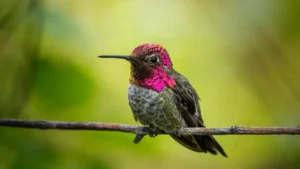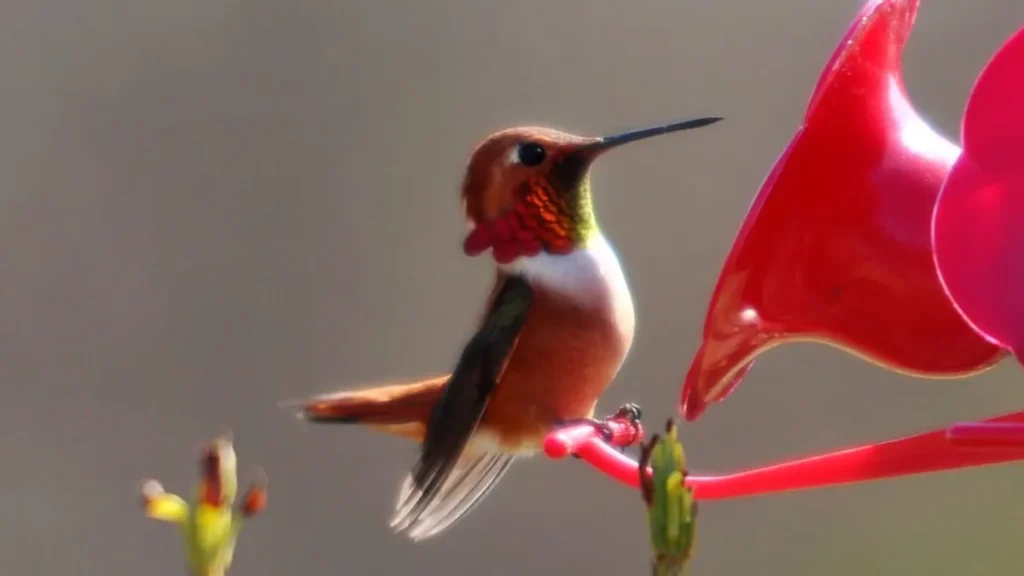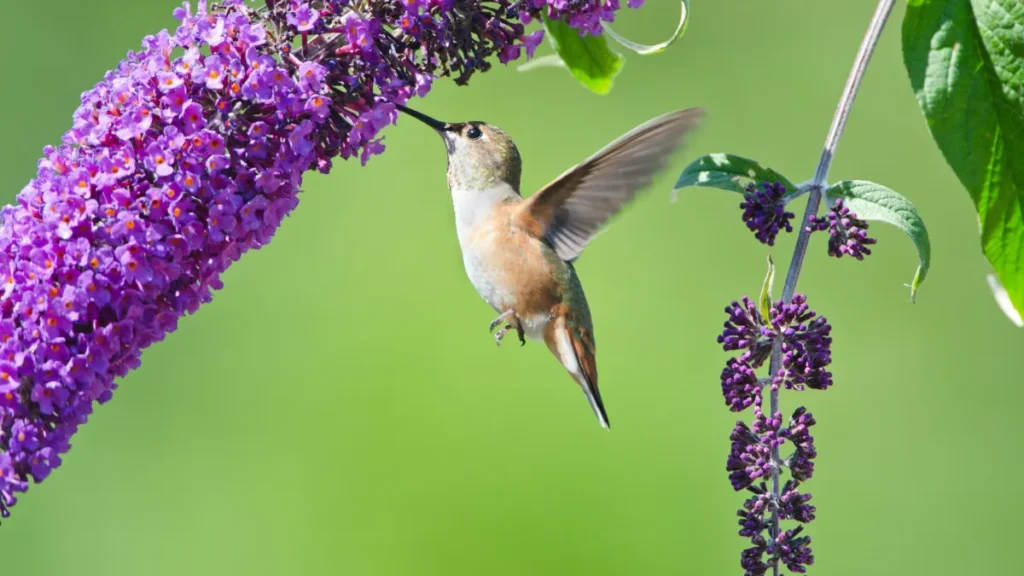How Long Do Hummingbirds Live? A Simple Guide to These Tiny Birds
Hummingbirds are hard not to love. They’re small, fast, colorful, and fascinating to watch. Because of their size and beauty, many people are curious about how long they live—and the answer may surprise you.
Even though they look delicate, hummingbirds can live longer than you might think. Their high-energy lives and tiny bodies would make you assume they burn out quickly, but that’s not always the case. Let’s explore how long these little birds stick around—and what affects their lifespan.
Average Lifespan of a Hummingbird
Most hummingbirds live around 3 to 5 years. This varies by species. Larger hummingbirds, like the Giant Hummingbird, usually live longer than smaller ones, such as the Bee Hummingbird.
A few years may not sound like much, but for such tiny creatures with rapid heart rates and fast metabolisms, it’s actually impressive. Their bodies are constantly working, which usually shortens lifespan in other animals. But hummingbirds manage to beat the odds.
Record-Breaking Hummingbirds
While many hummingbirds don’t make it past their first year, some live well beyond the average. Here are a few record-holders:
- Oldest Broad-tailed Hummingbird: Lived at least 12 years.
- Oldest Ruby-throated Hummingbird: Reached 6 years and 11 months.
- Oldest Rufous Hummingbird: Lived 8 years and 1 month.
- Black-chinned Hummingbird: Reached 10 years and 1 month.
- Buff-bellied Hummingbird: Lived 11 years and 2 months.
So, while 3–5 years is the average, some hummingbirds can live more than a decade if they avoid danger and disease.
What Causes Hummingbirds to Die?
Sadly, many hummingbirds don’t live long because of various threats, especially in their first year. Here are the most common causes of death:
- Predators: Snakes, lizards, bats, chipmunks, and squirrels all pose a risk.
- Injuries: Collisions with windows, vehicles, or getting trapped in man-made objects.
- Diseases: Infections like mycobacteriosis and parasites can be deadly, especially if feeders are not cleaned properly.
- Weather: Harsh conditions can make it hard for hummingbirds to find food or stay warm.
Keeping bird feeders clean and placing them safely can help reduce these risks.
Do Male and Female Hummingbirds Live the Same Length?
No. Females usually live longer than males. That’s because male hummingbirds use a lot of energy during mating season, performing flashy courtship displays to attract females. This effort, combined with migration, wears them out faster.
The Life Cycle of a Hummingbird
Let’s break down the stages of a hummingbird’s life:
1. Nesting
The female builds a tiny nest using things like plant material and spider silk. Some nests are so small they’re hard to spot.
2. Egg Laying
She lays two eggs, each about the size of a Tic Tac. She may do this several times in a year.
3. Chicks
Eggs hatch in 11–16 days, depending on the species. The chicks are super tiny—about a third the weight of a penny. The mother feeds them insects, not nectar, to help them grow strong.
4. Leaving the Nest
At around 21 days old, the young birds leave the nest. For a few more weeks, the mother may continue feeding them until they can survive on their own.
5. Feeding and Metabolism
Hummingbirds need to eat every 10 minutes. Their diet includes nectar and small insects. In a single day, they might visit 2,000 flowers to get enough energy.
6. Maturity and Mating
At about 1 year old, hummingbirds can start mating. Males try to impress females with fancy flying displays. If a female is interested, they mate. If not, she moves on!
Final Thoughts
Hummingbirds may be tiny, but their lives are full of energy, beauty, and surprise. While many only live a few years, some make it past 10. With the right conditions and a little luck, these tiny wonders can thrive far longer than you’d expect.
FAQs About Hummingbirds
1. Why do hummingbirds eat so often?
Because they have one of the fastest metabolisms of any animal, they need to feed every 10–15 minutes to maintain energy.
2. How can I help hummingbirds live longer in my backyard?
Keep your feeders clean, use proper nectar (sugar and water only, no red dye), and plant native flowers for natural feeding.
3. What is the smallest species of hummingbird?
The Bee Hummingbird is the tiniest, measuring about 2 inches long and weighing less than a penny.
4. Can hummingbirds recognize humans?
Yes, many hummingbirds can recognize people who feed them regularly and may even become comfortable around them.



